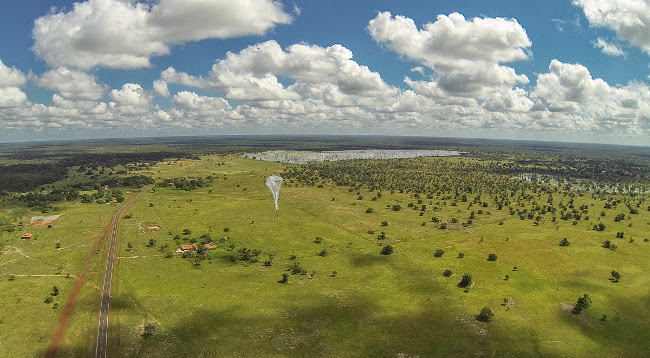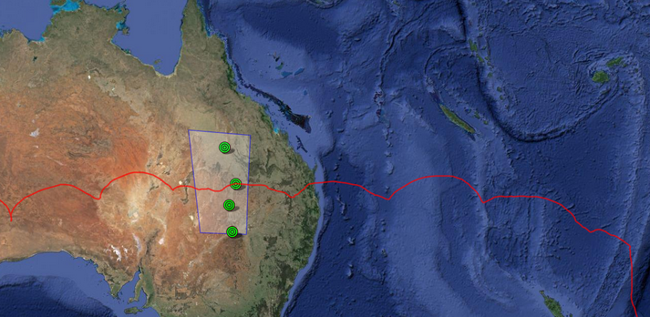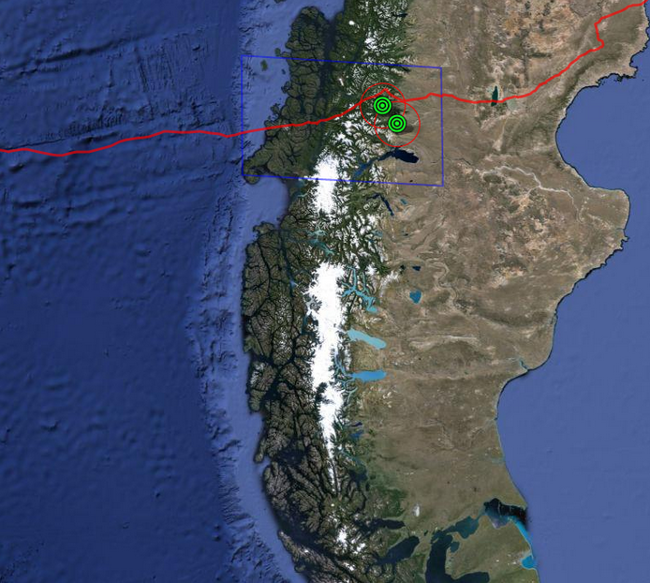Rather than being hampered by the weather Google’s broadband balloons actually work in collaboration with the wind and a single balloon can serve broadband to locations at opposite ends of the world within days.
Google said that Project Loon fleets can be harnessed to work with the wind so that when a balloon leaves a location and moves onto the next location to provide connectivity another one takes its place.
“In theory, this means that any individual balloon would provide connection in one place and then, days later, provide connection at another location at the opposite end of the world,” Google said in a blog post on Google+.
At the recent Mobile World Congress Google products chief Sundar Pichai said that Google plans to launch constellations of broadband-transmitting balloons and airplanes to provide broadband to rural areas and disaster zones.
Last year, Google launched Project Loon in New Zealand and Australia in collaboration with telecoms company Telstra, but the plan is to expand with fully working Loon balloon clouds working in tandem with Google’s Project Titan project to transmit broadband via airplane to underserved areas.
Google’s Loon balloons can travel 1,000km in a day

In the latest long distance LTE test a balloon was launched from New Zealand and made the first leg of its journey travelling 9,000km over the Pacific Ocean.
It approached its test location in Chile at a speed of 80kmph and a command was sent for the balloon to rise into a wind pattern that slowed it down to a quarter of its speed, allowing it to drift overhead members of the Loon operations team who were able to connect to the balloon via smartphones on our test-partner mobile network.
“Hanging around for half an hour to complete the connection testing, the balloon was then sent off on the winds over the South Atlantic ocean towards its next test location, over 10,000 km away in Australia,” Google said.
“Our balloon completed this second leg of the journey in just eight days, travelling over 1,000km per day and reaching a top speed of 140 km/h while whizzing over the ocean south of Africa. Once at the east coast of Australia the Loon Mission Control team implemented a series of altitude maneuvers to catch different winds and reverse the balloon path, lining it up to directly overfly our test location.
“Having travelled over 20,000km around the world the balloon flew overhead at a ground distance of less than 500 meters away from our target (well within the 40,000 meter radius required for connection) to provide over two hours of Internet connection. That level of precision is like hitting a hole-in-one in golf from over 4km away,” Google said.

Australia

Chile